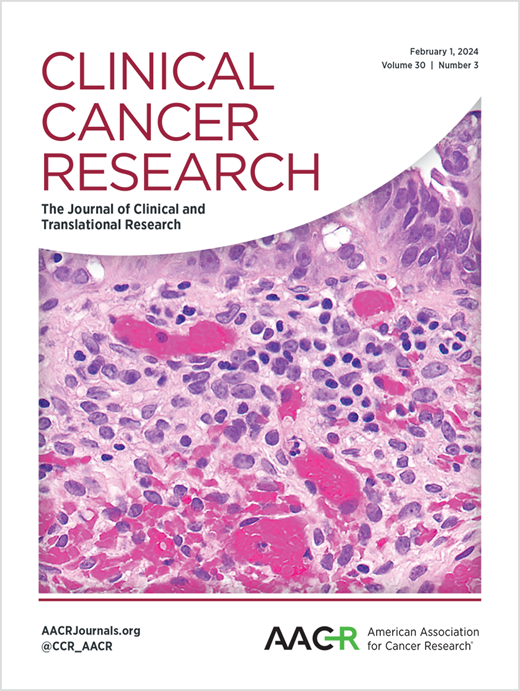优化肿瘤药物剂量的FDA-AACR策略:使用创新试验设计和生物标志物的早期试验
IF 10.2
1区 医学
Q1 ONCOLOGY
引用次数: 0
摘要
肿瘤药物的剂量选择传统上依赖于初始剂量发现试验来确定最大耐受剂量(MTD),然后在支持批准的注册试验中进一步评估。虽然这种方法可能已经为细胞毒性化疗药物建立了最佳剂量,但许多通过这种方法开发的现代肿瘤药物的优化效果很差,需要在上市后进行额外的剂量优化工作。美国食品和药物管理局最近的倡议概述了这种方法的不可持续性,而是建议在提交上市申请之前,通过直接比较多种剂量,在早期阶段确定潜在的优化剂量。在中期药物规划之外选择进一步研究的剂量需要适合目的的技术,以解决所研究药物的具体前景和问题。尽管已经开发出了这样的策略,但它们目前很少用于支持MTD范式。创新试验要素,包括各种整体、综合和探索性生物标志物,以及回填和随机剂量扩展队列,代表了创建和利用额外数据的潜在途径,从而做出更明智的剂量决策。此外,临床效用指数等建模方法可以将这些不同的数据类型集成到单个度量中,从而促进更多的定量选择。本文是讨论剂量优化不同阶段的三篇系列文章中的第二篇,概述了在肿瘤注册试验最终剂量选择之前进一步评估剂量选择的创新技术的最佳实践和进一步发展领域。本文章由计算机程序翻译,如有差异,请以英文原文为准。
FDA-AACR Strategies for Optimizing Dosages for Oncology Drug Products: Early Phase Trials Using Innovative Trial Designs and Biomarkers
Dosage selection for oncology drugs has traditionally relied on initial dose-finding trials to determine a maximum tolerated dose (MTD), which is then further evaluated in approval-supporting registrational trials. While this approach may have established optimized dosages for cytotoxic chemotherapeutics, many modern oncology drugs developed through this approach have been poorly optimized, requiring additional dosage optimization efforts in the post-market setting. Recent initiatives of the U.S. Food and Drug Administration outline the unsustainability of this approach, instead recommending the identification of a potentially optimized dosage at earlier stages through direct comparison of multiple dosages before marketing application submission. The selection of dosages for further investigation outside of the MTD requires fit-for-purpose techniques that address the specific promises and concerns of the drug under investigation. Although such strategies have been developed, they are currently rarely applied in favor of the MTD paradigm. Innovative trial elements, including various integral, integrated, and exploratory biomarkers as well as backfill and randomized dose expansion cohorts represent potential avenues to create and leverage additional data, and thereby make more informed dosing decisions. Additionally, modeling approaches such as clinical utility index can integrate these disparate datatypes into a single metric, facilitating more quantitative selection. This article, the second in a series of three articles addressing different stages of dose optimization, outlines best practices and areas for further development regarding innovative techniques for the selection of dosages for further evaluation prior to final dosage selection for registrational trials in oncology.
求助全文
通过发布文献求助,成功后即可免费获取论文全文。
去求助
来源期刊

Clinical Cancer Research
医学-肿瘤学
CiteScore
20.10
自引率
1.70%
发文量
1207
审稿时长
2.1 months
期刊介绍:
Clinical Cancer Research is a journal focusing on groundbreaking research in cancer, specifically in the areas where the laboratory and the clinic intersect. Our primary interest lies in clinical trials that investigate novel treatments, accompanied by research on pharmacology, molecular alterations, and biomarkers that can predict response or resistance to these treatments. Furthermore, we prioritize laboratory and animal studies that explore new drugs and targeted agents with the potential to advance to clinical trials. We also encourage research on targetable mechanisms of cancer development, progression, and metastasis.
 求助内容:
求助内容: 应助结果提醒方式:
应助结果提醒方式:


